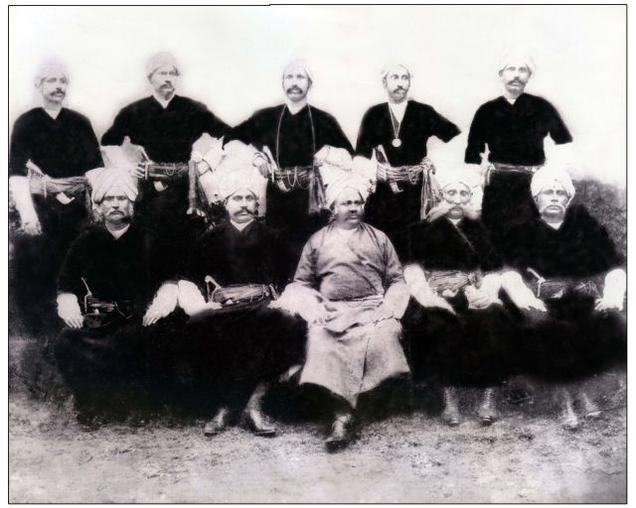
For a small agricultural community of approximately one hundred thousand, the Kodavas have added to India’s cultural and ethnic diversity through the uniqueness of their dress, customs, rituals, festivals, language and so on. Even more significant is the contribution of individual Kodavas to public life. They include a Field Marshal, a Chief of the Army Staff, a number of Generals, Air Marshals and senior naval officers. There have been Governors, Ministers, IFS and IAS officers, UN experts and Vice-Chancellors. They have brought credit to India in cricket, tennis, squash, athletics, and shuttle badminton as well. Rani Pooviah was part of the Cholamandal group of artists who pioneered the Madras Movement.
In this milieu, the work of the Coorg Education Fund (CEF) over a period of 150 years in the cause of education can only be described as an awesome activity initiated with remarkable foresight.
To better understand the value of the CEF it is necessary to place it in context. Coorg, or Kodagu as it is called, is today a district of Karnataka. It was ruled by local Rajas and came under British rule in 1834. Writing in Blackwoods Magazine in 1922, Hilton Brown of the Indian Civil Service, District Magistrate of Coorg, wrote of the identity of the Coorgs (now called Kodavas): “That is the standing riddle of South India ethnologists … barring all ethnology and arguing from common sense one would call Coorgs a separate people … they are a community of people whose customs, ceremonies, from birth to death, festivals, dress, language are quite different from those of other communities among Hindus.”
A survey done between 1815 and 1817 by Lt. Connor found that Coorgs were “addicted to husbandry, their only education consists in acquiring a practical knowledge of it.” It made the unflattering observation that they were an “unlettered and unaltered race.”
With the starting of an Anglo-Vernacular school and another in Kannada in 1835, the first steps towards introducing formal education were on. Subsequently more schools were opened. However, the mere opening of schools did not meet the objective of educating the community, as only children from affluent families could access them. Many bright children fell by the wayside due to lack of financial resources. To address this lacuna, a group of far-sighted and philanthropic elders of the community got together and sowed the seeds that grew into the CEF.
The credit for identifying the need to provide financial assistance to deserving children and encouraging them to enrol in educational institutions goes to Rev. Richter, the first Principal of the Mercara High School. He persuaded the British authorities to grant land that could be used to raise resources to provide financial assistance.
An extent of 150 acres was gifted, on which a coffee plantation was established in 1863. The income was used to provide student scholarships. Revenue from the estate was used to create the Mercara High School Endowment Education Fund. Separately, a group of 10 visionaries from the community got together with the idea of providing financial aid to needy students. Meeting in 1863, they made individual contributions and collected a princely sum of Rs. 7,305 which was used to establish the Kodava Education Endowment Fund. It now has a corpus of close to Rs.3 crore. They included Cheppudira Subbiah and Mathanda Appachanna.
In 1916, the two funds were merged and it became the Kodava Education Fund. It was administered by the Commissioner of Coorg assisted by eminent Kodavas. In 1954, the corpus was handed over to a committee comprising Kodavas. Thus was born the CEF. Its first president was Kodira T. Uthappa.
The CEF represents foresight and service rendered silently over the years, helping many a Kodava to blossom and contribute to society.
One of the beneficiaries of the fund was Pemanda Monappa, the father of the author. He was selected to join the police force under the British and was a well-known officer, also during the post-Independence period.
As a tribute to and recognition of the value of committed public service and integrity, this author has established a scholarship at Cambridge University in his name. Applicants should not have crossed 25 years. It is available for study leading to a Master’s in English literature, physical sciences, biological sciences (excluding medicine and veterinary science), economics, computer science, law, and technology. Details are at the Cambridge University website.
sonnabel@gmail.com
source: http://www.thehindu.com / The Hindu / Home> Opinion> Open Page / by P. M. Belliappa / May 25th, 2014

